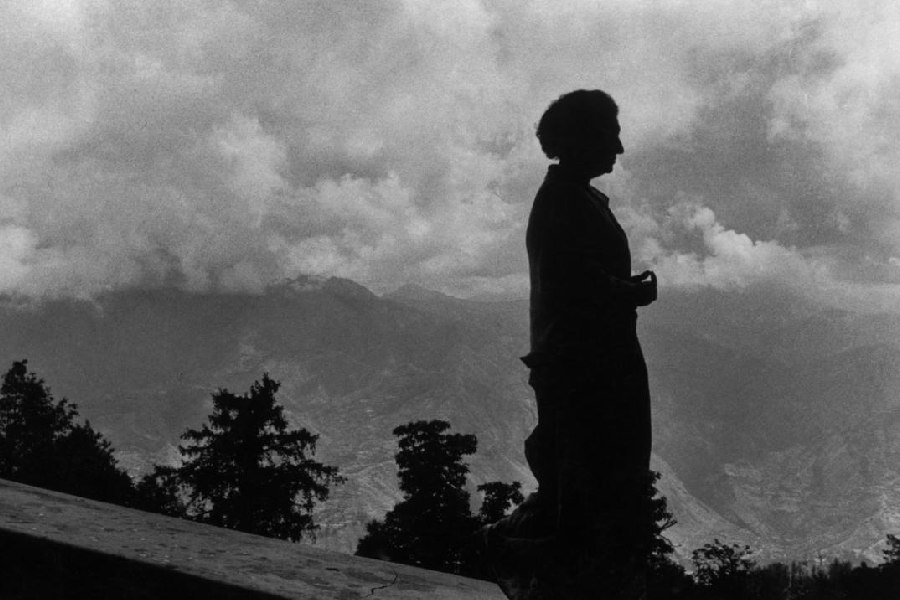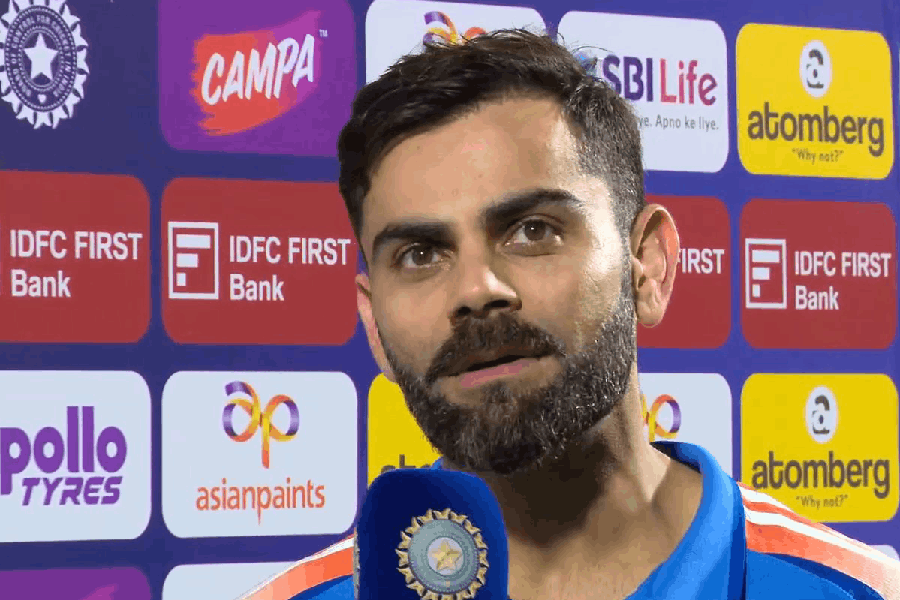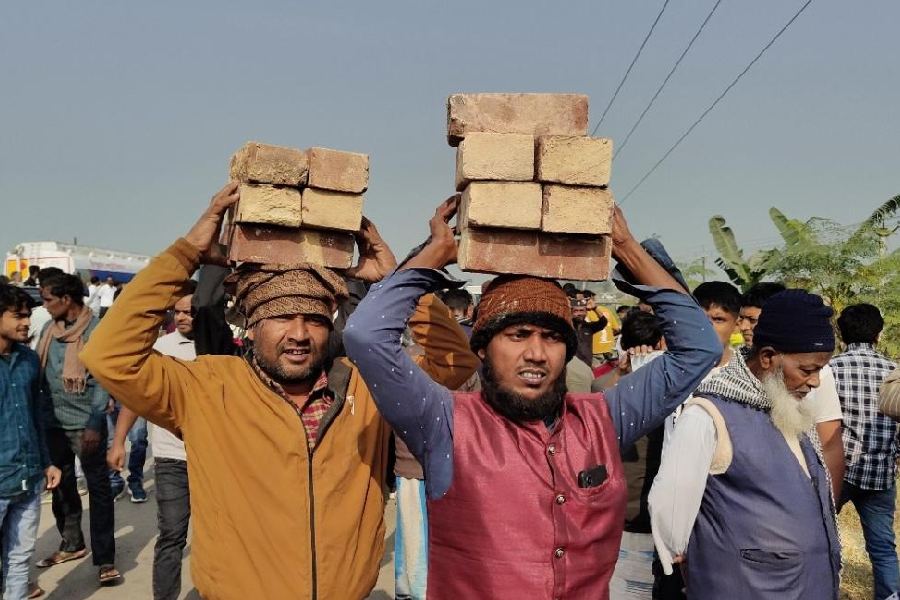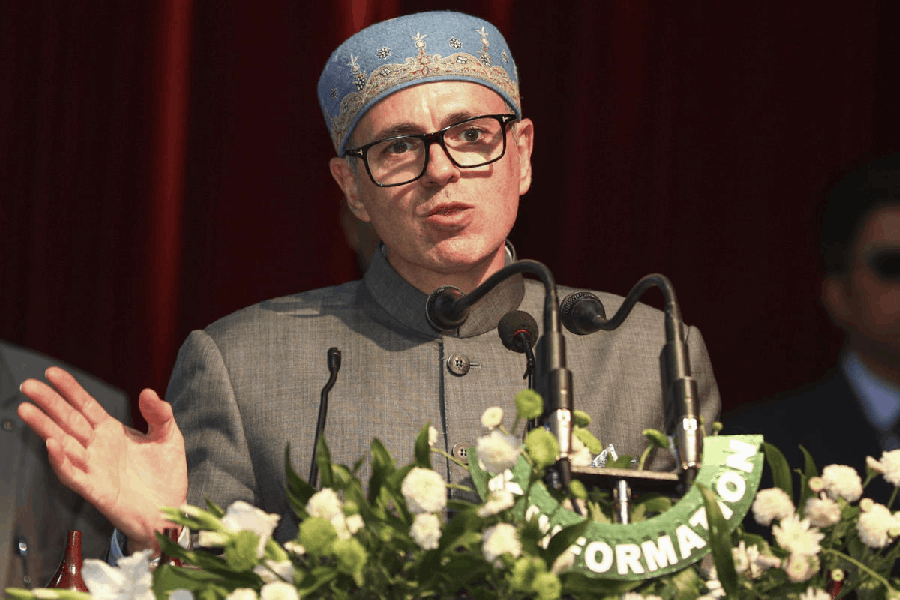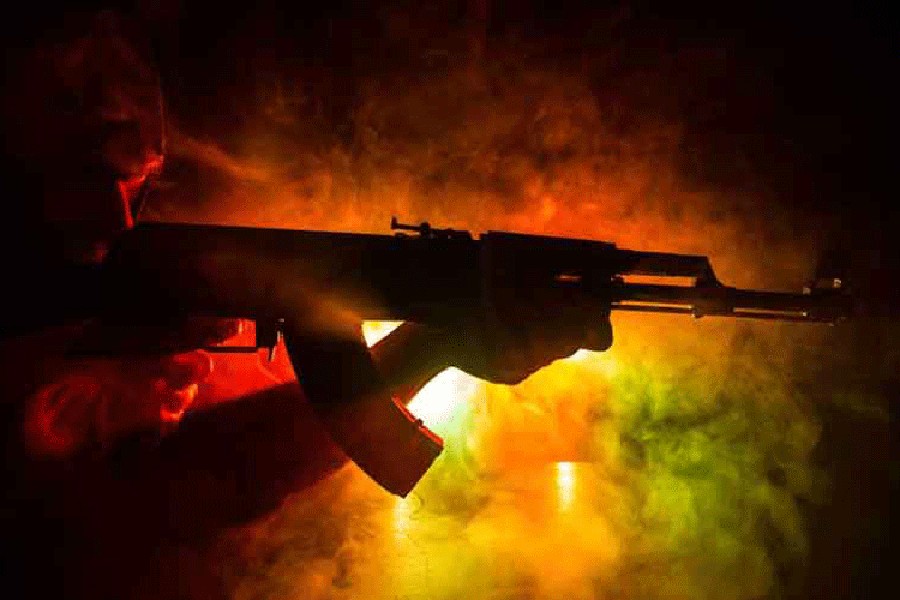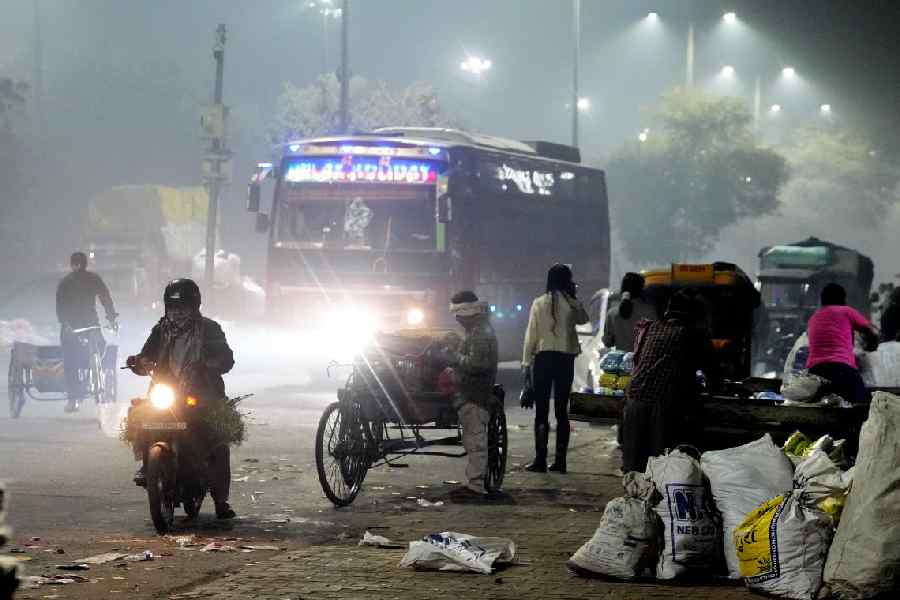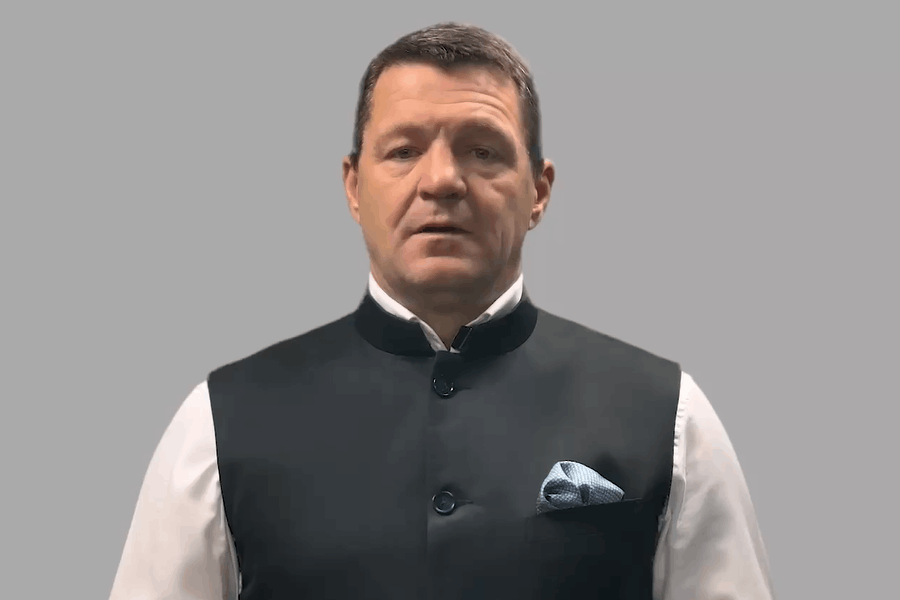Book: RAGHU RAI: WAITING FOR THE DIVINE
Author: Rachna Singh
Published by: Hawakal
Price: Rs 750
Who can resist peeking behind the magician’s curtain? A biography of the renowned photographer, Raghu Rai, offers exactly such an opportunity, more so for journalists who also get to peek inside the newsrooms of yore from where Rai had a ringside view of many of India’s formative political shifts. But the biography written by Rachna Singh shows that magic often remains inexplicable. Even Rai has no concrete answers for the frames that he captures through his viewfinder — his ability to spot a ‘defining moment’ is innate as is his curiosity about the world. Yet, in the course of his conversations with Singh, one can glean valuable pearls of wisdom which would be invaluable for those interested in photography.
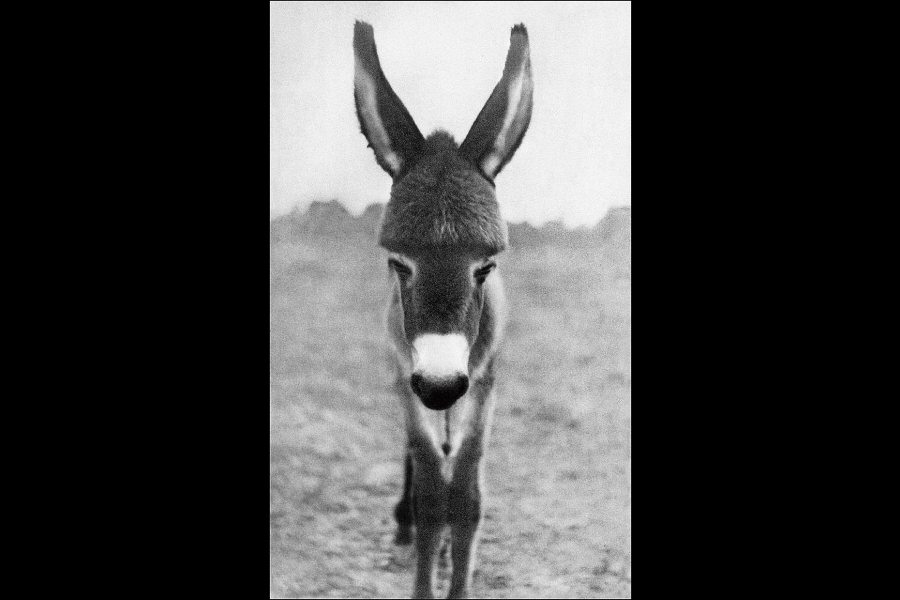
The first-ever photograph taken by Raghu Rai
Foremost among these gleanings would be the advice to seek inspiration in the seemingly mundane instead of waiting for a stunning scene or a dramatic event to present itself. The other aspect that he dwells on at some length is the importance of originality — vital in the age of social media and Artificial Intelligence. He makes a crucial difference between being inspired, which he sees as a hunger for creativity that is sparked by another individual, and being a “second-rate copy”, or putting aside personal instinct to traverse a path shown by someone else. In his conversations with Singh, Rai underlines the importance of taking a step back and not being weighed down by the harsh reality that photojournalists encounter. However, he also admits candidly that such objectivity is not always easy to attain — the anti-Sikh riots and his son being injured while covering the demolition of the Babri masjid were occasions that shook Rai’s unflappable core.
The chapters that really come alive are the ones that cover his years in journalism. Anecdotes about some of the stalwarts of Indian journalism — Kuldip Nayar, Evan Charlton, R.N. Sharma — including their manner of speaking, and reminiscences about the newsroom as it used to be make for fascinating reading. What comes out is the prejudice that existed about photojournalists and their political acumen. But Rai shows that those looking at politics unfold on the ground through their viewfinders often have a keen understanding of the political undercurrents that a news desk cannot sense. It is this understanding that led Rai to take some of the most iconic photos of Indira Gandhi throughout her career.
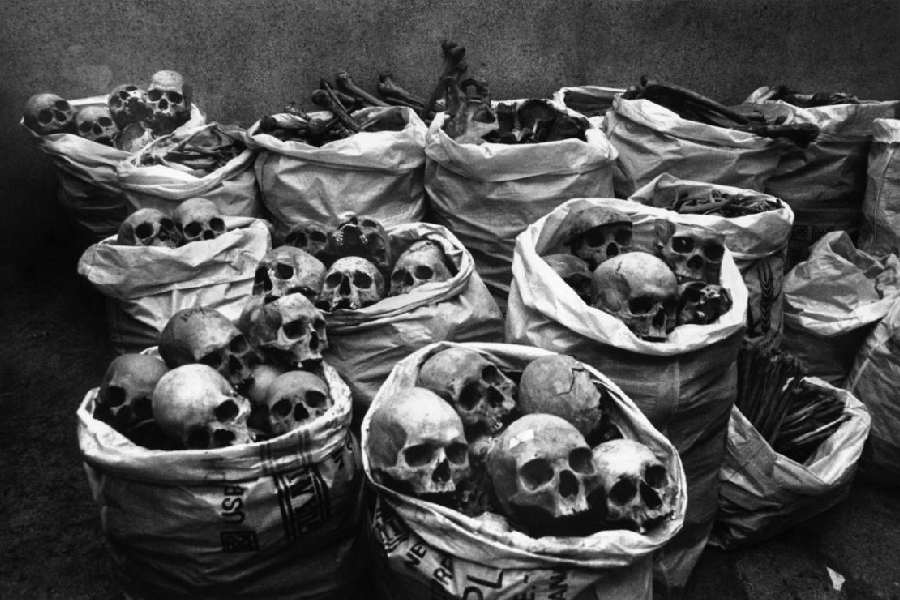
NDIA. Bhopal. 2001. Skulls discarded after research at the Hamida Hospital. Medical experts believe that the toxic gas inhaled by the people of Bhopal may have affected the brain taken by Raghu Rai
Rai is evidently a deeply spiritual person — he counts Mother Teresa and Dalai Lama among his mentors in this book — although his spirituality has been reshaped in the course of his life: from being someone who believed that his exploration was his “dharam”, he went on to find spirituality all around him and sought to capture it through his photographs. But his belief in his later life that his ‘guruji’, Nirmal Singh Maharaj, could cure terminal ailments and, in fact, had rid a man of his paralysis by using Rai as a medium strain at credulity.
Perhaps this is why it is inadvisable to peer behind a magician’s curtain.

